NEWSLETTER
2233
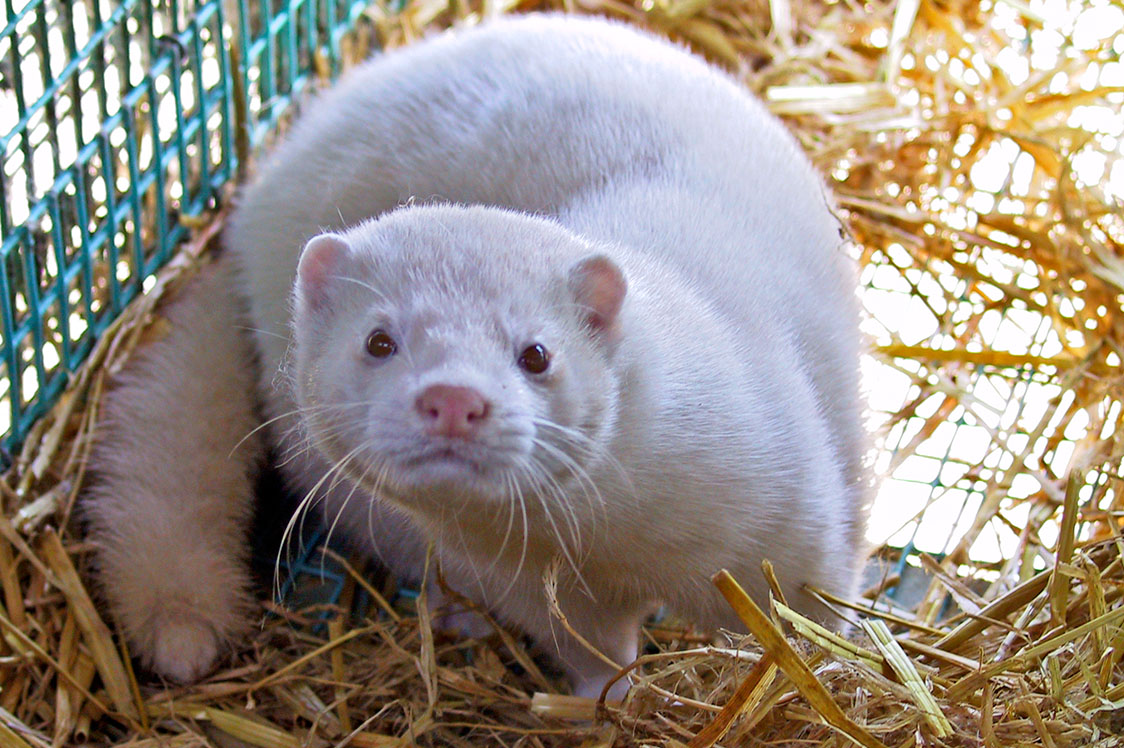
No International Recommendations to Cull Healthy Mink Herds
Nov 16, 2020
by Mick Madsen
International scientific bodies recommend increased biosecurity and monitoring of mink farms in the wake of Denmark’s controversial decision to cull all mink in the country. But neither the European Centre for Disease Prevention and Control (ECDC) nor the World Organisation for Animal Health (OIE) advises to follow the Danish example and cull healthy mink.
In a rapid risk assessment published 12 November, ECDC makes a call for increased biosecurity and monitoring of mink farms with regular testing of animals and people but said national authorities should consider culling mink from infected farms and destroying raw pelts in accordance with appropriate biosecurity measures.
ECDC also concludes that "the overall level of risk to human health posed by SARS-CoV-2 mink related variants is low for the general population and no different than other SARS-CoV-2 variants."
Global veterinary body OIE follows the same track in their publication of 16 November and suggests the introduction of farm biosecurity plans, that set out to prevent the transfer of disease. Farm biosecurity plans should address animal and manure movement, movement of people, safe handling of containers, and other associated materials that could serve as fomites. Detailed plans for increased monitoring, disposal of dead animals, and cleaning and disinfection should also be addressed together with protection equipment for employees.
Fur Europe cooperates with ECDC on the ongoing risk assessment. CEO Mette Lykke Nielsen said international coordination of the mink issue is relevant because Covid-19 is an international pandemic.
"Both OIE and ECDC stress the need for more research and knowledge, and we support the decision to get more scientific knowledge into this debate. Mink farms are only problematic to the extent they become infected in the first place. There is no scientific foundation to cull healthy animals," she said.
Other Stories In This Issue
2247
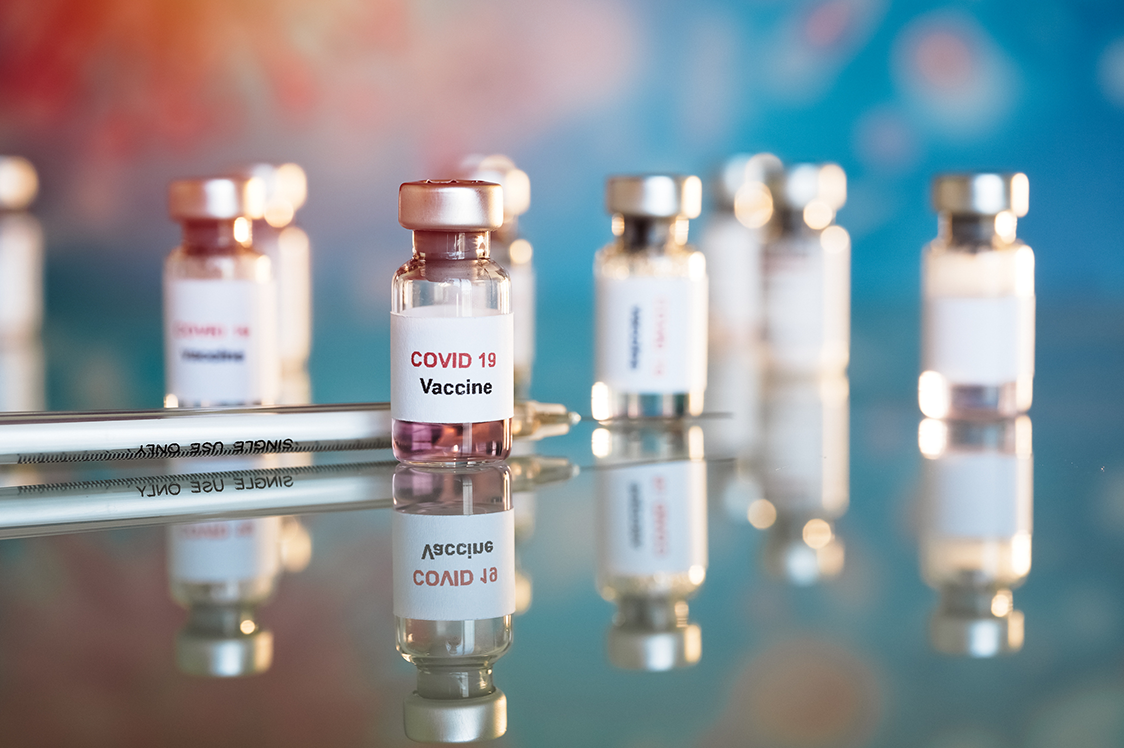
Mink is threat to COVID vaccine? Not so sure
Nov 19, 2020
by Vladislava Gospodinova
Scientists are raising serious doubt over the risk assessment of Statens Serum Institute (SSI) that mink-related mutation of the coronavirus could pose a threat to a future vaccine.
While the Danish government decided to cull the entire mink population, including healthy herds based on the risk assessment, researchers ponder if there is enough scientific evidence to back its conclusions. The Danish Medicines Agency announced it was not consulted before the government took its decision adding that it is "unlikely" that the mutation will have a "significant impact on the effect of the first generation of vaccines."
SSI claims that the mutation found the so-called cluster-5 could, in theory, weaken efforts for a new vaccine due to a change in the spike (S) protein, which is a key target for vaccines.
"There is nothing in the report that gives reason to conclude that this particular mutation may constitute a danger to a vaccine. Therefore, one cannot conclude too strongly on the significance of the cluster-5 mutation for a vaccine," said Professor Jens Lundgren, emphasising that these are only preliminary results.
The Danish institute only released more details about the research late in the process, which made the international scientific community call for it to be reviewed. Some are openly questioning the validity of the claim that mink-related mutation is a hazard for the vaccine.
According to Dr Anthony Fauci, United States' top infectious disease official, the issue should be taken seriously but "it doesn't look like something that's going to be a really big problem for the vaccines that are currently being used to induce an immune response".
"When you look at the binding sites on the spike protein … it does not appear at this point that the mutation that has been identified in the minks is going to have an impact on vaccines and the effect of a vaccine-induced immune response," he said in a discussion broadcast by the Chatham House think-tank.
In order to be a threat to the future vaccine, the new strain of the virus associated with mink farms needs to be more contagious than the current coronavirus. The Statens Serum Institute announced this is not the case.
Moreover, once developed vaccines could relatively easy be modified, say scientists, to protect against several strains of the virus.
"The vaccines that are under development do not only attack the small part that is mutated in mink variants. The good vaccines will make our immune system respond to many different parts of the virus, said the immunologist Mike Barnbob.
The World Health Organisation also states that mutations in viruses are normal, and jumping to conclusions without further research is risky.
Asked to comment on the decision of the Danish government, WHO spokesperson Dr Margaret Harris clarified that they don't think the culling was a necessary measure. She also reminded that the primary source of contamination remains human-to-human transition, and mutations need to be monitored.
The European Disease and Control centre advised to increased testing amongst fur farmers, workers and animals. Both WHO and ECDC underlined that all findings are preliminary and further investigations are needed to assess the situation.
The European Commission has reached out to vaccine manufacturers to evaluate the risk as some producers already confirmed that they would be able to cover Cluster-5 mutation with the vaccines.
2238
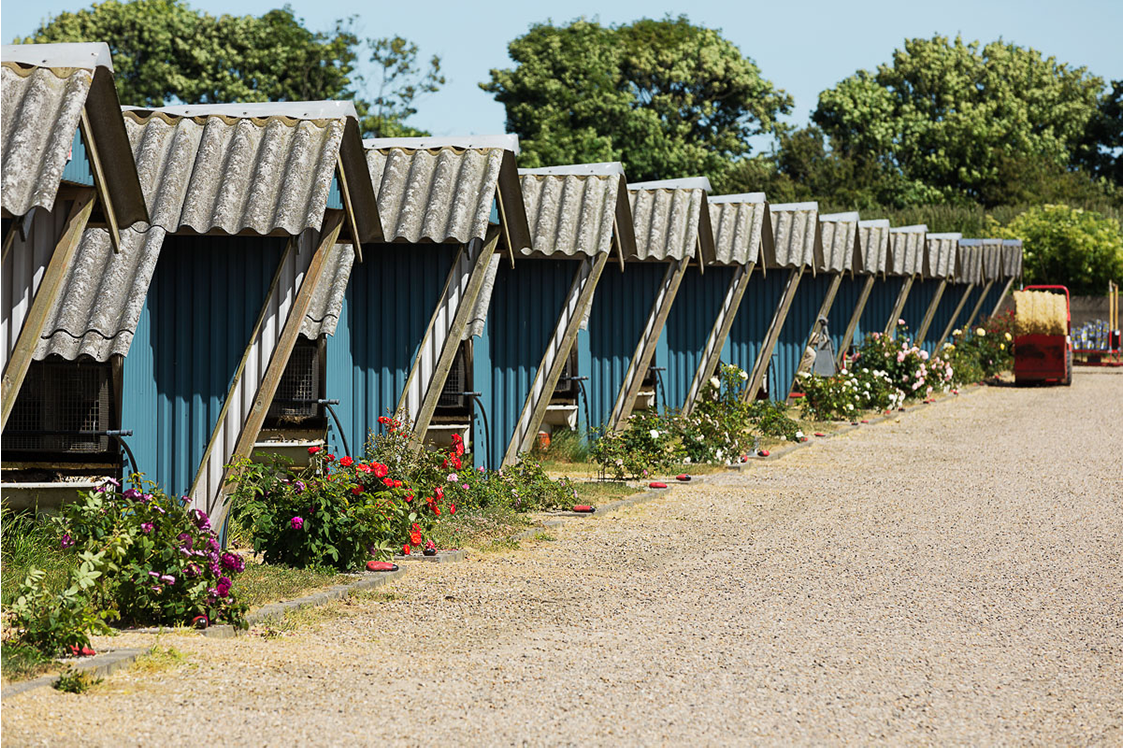
Fur Farming & Animal Welfare Policies: Farm to Fork Strategy Opportunities
Nov 15, 2020
by Vladislava Gospodinova
As Farm to Fork strategy comes into action, animal welfare legislation becomes the next focal topic on the EU agenda. The next online event of the Sustainable Fur Forum (SFF) chained by MEP Juozas Olekas will take place on December 2 to discuss the opportunities of the Farm to Fork strategy for fur farming and animal welfare policies.
The Farm to Fork Strategy adopted by the European Commission last May encompasses the upcoming revision of the existing animal welfare legislation. The push to improve and the current animal welfare laws and regulations comes into the spotlight of the EU debate as the European Commission, the Parliament and the Council are trying to find a solution that works for everyone.
When it comes to consumers, communication and education are crucial for getting citizens involved in the debate. That’s why animal welfare labelling systems based on science and third-party assessments such as WelFur programme could enhance transparency and understanding about the production.
What is way forward for animal welfare policies? How to ensure the wellbeing of all farmed animals across the Continent? Could the EU adopt a single, comprehensive EU Animal Welfare Framework Law?
During this meeting taking place from 1 to 2:30 pm, we will seek to engage discussion on the inputs the fur sector could bring to the talks about the future of animal welfare policies, as well as the need to develop legislation in the field.
We will have the chance to welcome on the online stage MEP Juozas Olekas (chair of the SFF), MEP Asger Christensen as well as Pr. Steen Henrik Møller (EURCAW poultry, rabbits, small animals), and Christian Juliusson, (DG SANTE G.5 Unit, Animal welfare, European Commission).
Registrations are open until the 1st of December via this link. The connection details will be sent over to participants prior to the meeting.
For further information, please contact:
melanie@sustainablefur.eu
cynthia@sustainablefur.eu
rodolphe@sustainablefur.eu
2250
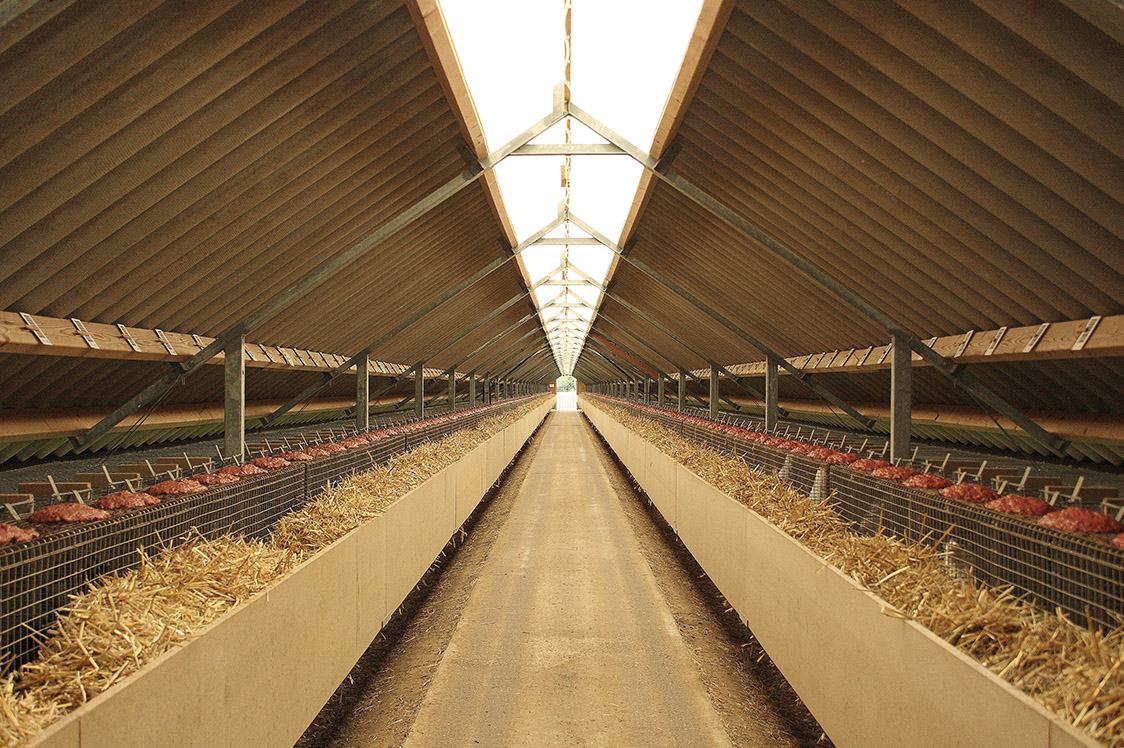
Mink farming temporarily on halt in Denmark – but was it necessary?
Nov 18, 2020
by Mick Madsen
In a scandalous turn of events, the Danish government temporarily put an end to mink farming due to concerns over public health. In the process, the order to cull the entire Danish mink herd including healthy animals was recognized as unconstitutional, a circumstance that continues to be met with massive criticism from the opposition, commentators and constitutional experts in Denmark.
When the government announced the cull of all mink in Denmark on 4 November, it stressed the reason to be brand new lab tests demonstrating a potential reduced vaccine effect, due to the so-called cluster-5 mutation that amongst other can develop on a mink farm. Shortly after however, international scientists scrutinized the Danish lab test, only to return with the verdict that the Danish risk assessment on global vaccine effects was highly under-researched.
Under-informed decision?
Roughly speaking, the decision has divided Danish public opinion in two: those who in line with the government believe the decision to cull all animals was the right thing to do as a precautionary principle, and those who in line with the opposition parties believe the decision was scientifically under-informed and could have been handled without crumbling the Danish mink industry by eliminating all breeder animals. In particular, the government has been criticized for relying on too narrow scientific advice, leaving behind the Danish tradition of a broad collaboration between involved stakeholders– also coined The Danish Model. The Danish Veterinary Society, for example, stated that “the special insight veterinarians could have contributed to create clarification about possibilities and limitations of diagnostics in animal herds, as well as the handling of internal and external disease transmission.” The veterinary position in Denmark is that too little focus has been put on preventing infections in mink farms in the first place. Instead, the Danish mink strategy spiralled out of control, working against the government’s own commitment to save the mink industry in Denmark.Minister of Agriculture steps down
Meanwhile, the illegal order to cull healthy mink will stand until mid-December. Since all Danish opposition parties refuse to provide 3/4 of the parliamentary vote needed to make the culling order constitutional, only the normal, more time consuming, the democratic process will work to make the order legal for the government. In practical terms, the delayed legislation makes no difference: The Danish mink farmers have loyally culled their mink in spite of the unconstitutional order given to them by the government. Until now the scandalous handling of ‘minkgate’ has led to the departure of the Danish agricultural minister on 18 November, but the government’s refusal to withdraw the illegal culling order rightfully raises questions over the state of democracy in Denmark. The last consequence may not have been seen yet in what commentators and politicians have coined the biggest democratic scandal in Danish history. The ban on mink farming in Denmark is temporary, and the law proposal in making works with an option for mink farmers to return to business, when the global pandemic is under control. The full potential of Danish mink farming is, however, unlikely to recover given the uncertain circumstances. To date, 284 mink farms have been infected in Denmark. They have all been culled.2253
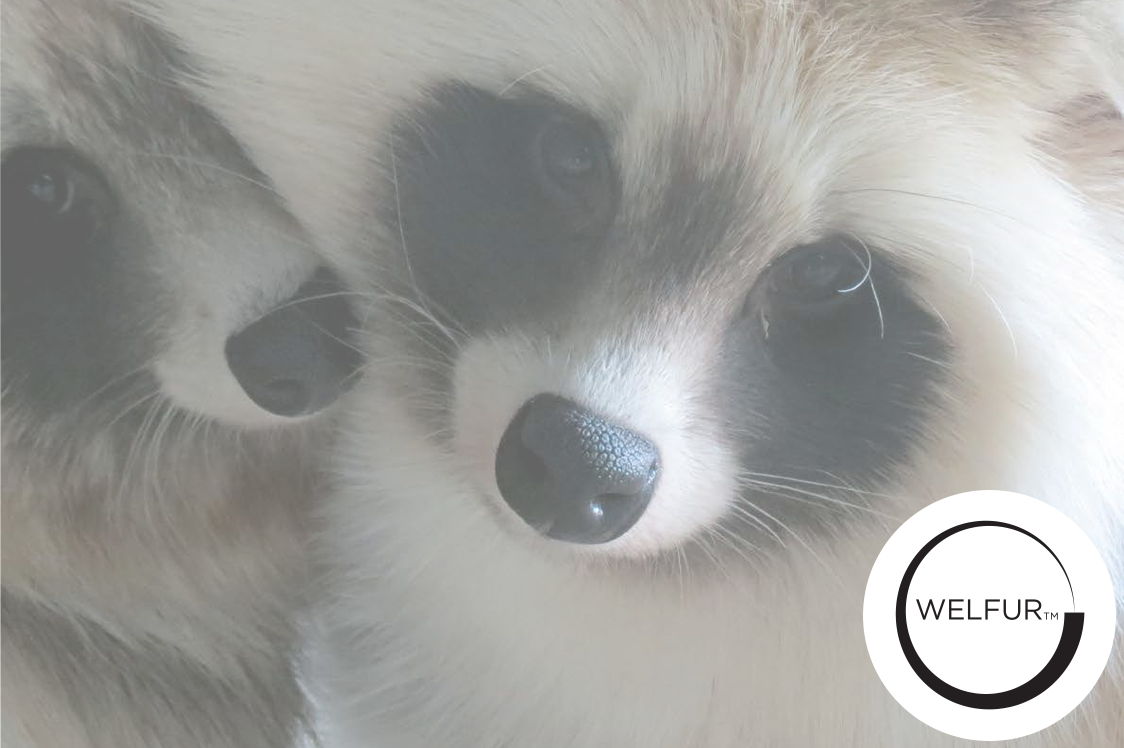
WelFur Extends To Finnraccoon
Nov 04, 2020
by Vladislava Gospodinova
Another breakthrough in on-farm animal welfare certification as the new WelFur protocol for Finnraccoon is rolling out.
The development of a fully functional on-farm assessment means that Finnraccoon farms are certified the same way as mink and fox farms.
”Finnraccoon farmers now have the same system as mink and fox farmers already have. A lot of species-specific practices for animal welfare has been developed. Finnraccoons are extremely well domesticated and feel well in a farming environment. Now we can measure the animal welfare on my farm, and follow if we can improve it every year,” said farmer Esa Rantakangas from Lappajärvi.
Scientists behind the protocol spent several years to go through all existing research before they were able to develop species-specific animal welfare assessment. In 2019, the pilot phase started bringing the theoretical knowledge on the field to refine the calculations and the scoring system.
The scientific validity of the protocols and the compliance with the methodology and principles of the European Commission’s Welfare Quality protocols were confirmed by the review committee, which was the final step in the development.
The protocol works as a manual for the independent third-party assessors who assess fur farms. Built to evaluate and qualify animal welfare, the protocols take into an account complex calculation predominately based animal-based indicators which scientists consider as the most reliable way to measure animal welfare.
Finnraccoon, also known as a raccoon dog, is farmed in Finland, and the production counted for 160.000 pelts in 2019.